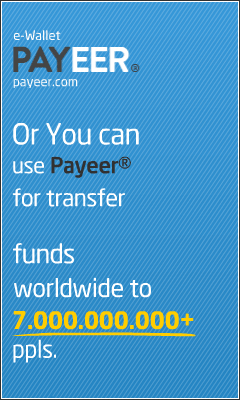The forearm is the structure and distal region of the upper limb, between the elbow and the wrist.
The term forearm is used in anatomy to distinguish it from the arm, a word which is most often used to describe the entire appendage of the upper limb,
but in anatomy, technically, it means only the region of the upper arm, whereas the lower "arm" is called the forearm.
It is homologous to the leg that lies between the knee and the ankle joints.
The forearm contains two long bones, the radius and the ulna, forming the radioulnar joint.
The interosseous membrane connects these bones.
Ultimately, the forearm is covered by skin, the anterior surface usually being less hairy than the posterior surface.
The forearm contains many muscles, including the flexors and extensors of the digits, a flexor of the elbow (brachioradialis), and pronators and supinators that turn the hand to face down or upwards, respectively.
In cross-section the forearm can be divided into two fascial compartments.
The posterior compartment contains the extensors of the hands, which are supplied by the radial nerve.
The anterior compartment contains the flexors, and is mainly supplied by the median nerve.
The ulnar nerve also runs the length of the forearm.
These usually run on the anterior face of the radius and ulna down the whole forearm.
The main superficial veins of the forearm are the cephalic, median antebrachial and the basilic vein.
These veins can be used for cannularisation or venipuncture, although the cubital fossa is a preferred site for getting blood.
Bones
- radius
- ulna
-
Joints
- proximal to forearm
- elbow
- in the forearm
- proximal radioulnar joint
- distal radioulnar joint
- distal to forearm
- wrist







































0 comments